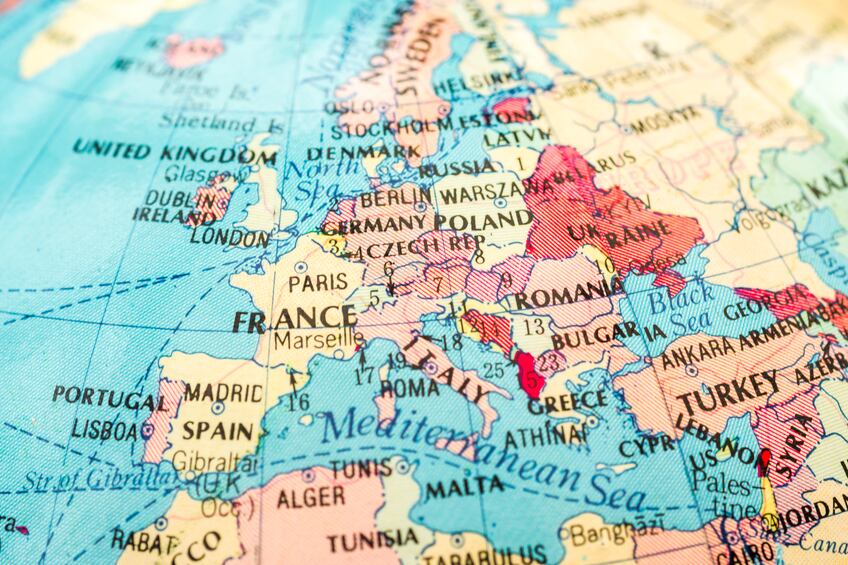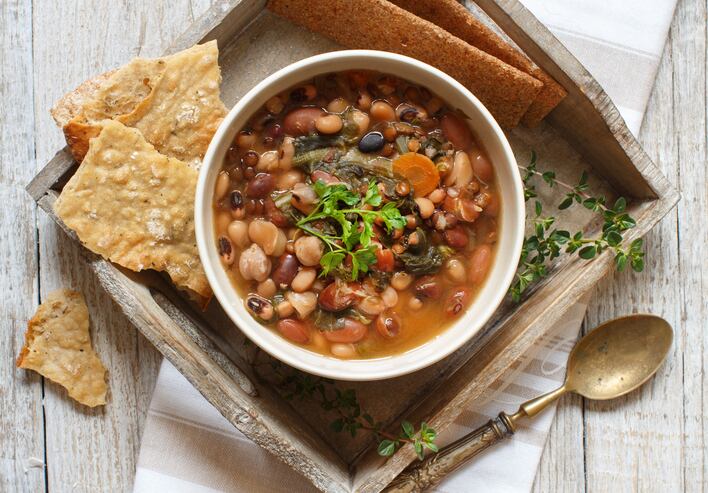Pro-environmental protein consumption is a new concept which, until now, has little active support from policy-makers, industry and even environmental NGOs, according to researchers from the Institute for Environmental Studies at VU University in Amsterdam.
Manufacturers may be developing meat-free substitutes, plant milks and plant-based proteins - but are they targeting these products to the right regions?
“One of the main strategic questions change agents face is deciding to focus on the meat substitution issue or on the benefits of the meat-free dish itself," write the researchers.
“The former strategy may generate negative responses among consumers who see themselves as frequent meat eaters (e.g. in the North and West), but it also offers the opportunity to develop meat substitutes that are tastier, less expensive and environmentally more effective than the current ones.
Meanwhile encouraging consumers to make environmental switches from red to white meat may engage more consumers, but will reduce the environmental effectiveness of the change strategy, they say.
Focusing on the benefits of the meat-free dish may be easier among consumers who are already familiar with the quality of plant-based dishes, such as in the South, or who want to become more familiar with ethnically-inspired meat-free dishes – a good approach for “adventurous minorities in the North and West”, they write.
“Overall, a regional approach is necessary to ensure that the diet changes do not depend solely on individual decisions but become an integral part of social processes,” they conclude.
Methodology
The researchers used 2017 food supply data from the Food and Agricultural Organisation's FAOSTAT database that tracks the average per capita quantity of protein consumption. They cross referenced this information with a 2013 EU-commissioned survey on attitudes towards green products, which included questions on meat intake frequency and self-reported environmental behaviour.
The researchers categorised EU member states into six zones: three culinary zones of high-income countries (Northern zone, Western Central zone, and high-income Mediterranean zone) and three culinary zones of medium-to-low-income countries (North-Eastern zone, Eastern Central zone, and medium-to-low-income Mediterranean zone).
North, south, east and west

The south-north gradient showed “a number of intriguing contrasts”, write the authors.
In the South, the reported frequency of meat consumption was low — although the level of meat protein supply was relatively high — and people reacted more positively to the concept of pro-environmental protein options.
This suggests that, even if the low-meat Mediterranean diet of the 1960s is on the decline, it still exists in the mindsets of many consumers, according to the authors Joop de Boer and Harry Aiking.
Click here to read our round-up of meat-free trends and NPD from around Europe
In the North and West, the level of meat protein supply and reported frequency of meat consumption was high. Unlike the Mediterranean South, responses to pro-environmental protein options (PPOs) were less positive, “especially where it concerned replacing meat with vegetables”, write the authors, suggesting this may be due to a lack of familiarity with plant-based diets in countries such as the United Kingdom, Finland and the Netherlands.
Different attitudes

There are also differing ideas of what a meat-free meal means, depending on the region.
Consumers in the Netherlands who regularly eat meat-free meals mostly replaced the meat by other animal protein sources, such as cheese, or by commercial meat substitutes so they could continue to eat familiar dishes.
This contrasts with traditional Mediterranean meat-free dishes, such as Moroccan couscous with chickpeas and vegetables – “complete dishes that are based on a broad variety of mainly plant proteins and not on the idea of deliberate meat substitution.”
However, regional level data about the changing Mediterranean diet show the strong increase in meat protein was often not accompanied by a corresponding decrease in plant protein.
The researchers believe this may be because individuals have not made a deliberate trade-off between plant and animal sources of protein; rather they have incorporated more meat alongside pulses and legumes.
Differences across the west-east gradient, meanwhile, were dominated by economic and market factors.
Source: Appetite
“Prospects for pro-environmental protein consumption in Europe: Cultural, culinary, economic and psychological factors”
Available online ahead of print, 1 November 2017, doi.org/10.1016/j.appet.2017.10.042
Authors: Joop de Boer and Harry Aiking
